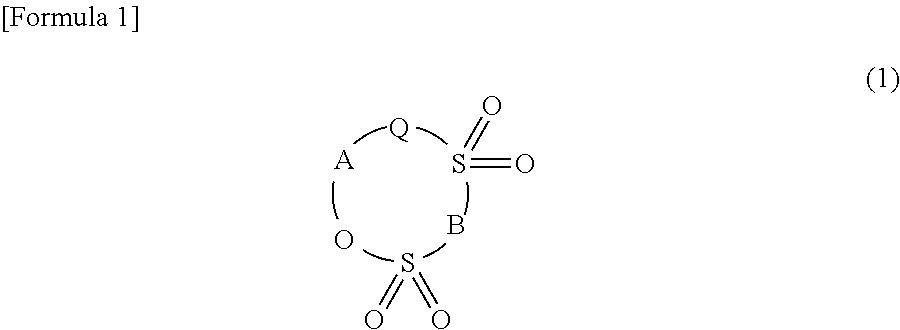Lithium ion secondary battery
a secondary battery and lithium ion technology, applied in the field of lithium ion secondary batteries, can solve the problems of insufficient drawing performance of artificial graphite, difficulty in providing high cycle characteristics of natural graphite, and inability to achieve fundamental solutions, so as to improve the negative electrode performance, suppress the degradation of particles at the time of pressing, and improve the effect of electrode conductivity
- Summary
- Abstract
- Description
- Claims
- Application Information
AI Technical Summary
Benefits of technology
Problems solved by technology
Method used
Image
Examples
examples
[0054]Examples of the present invention will be described in detail below, but the present invention is not limited only to the following examples.
example 0-1
(Preparation of Negative Electrode)
[0055]A slurry was prepared by kneading and dispersing, in ion exchange water, artificial graphite A (average particle size D50:17 μm, specific surface area: 1 m2 / g) which is vein artificial graphite as a negative electrode active material, carbon black (average particle size: 40 nm, specific surface area: 800 m2 / g) having a DBP absorption (cm3 / 100 g) of 360 as a conductive aid, SBR as a binder, and CMC as a thickener, in a mass ratio of 97.5:0.5:1:1. The slurry was applied to copper foil having a thickness of 15 μm used as a negative electrode current collector, followed by allowing water to evaporate at 50° C. for 10 minutes. Then, the slurry was further dried at 110° C. for 30 minutes to thereby form a negative electrode mixture layer. Then, the negative electrode mixture layer was pressed to prepare a one-side coated negative electrode having a negative electrode density of 1.40 g / cm2. The amount of the negative electrode mixture per unit area ...
example 0-2
[0063]A battery was prepared in the same manner as in Example 0-1 and cycle test was performed except that an electrolyte solution which was further mixed with 1.5% by mass of 1,3-propane sultone as an additive was used.
PUM
| Property | Measurement | Unit |
|---|---|---|
| pressure | aaaaa | aaaaa |
| pressure | aaaaa | aaaaa |
| density | aaaaa | aaaaa |
Abstract
Description
Claims
Application Information
 Login to View More
Login to View More - R&D
- Intellectual Property
- Life Sciences
- Materials
- Tech Scout
- Unparalleled Data Quality
- Higher Quality Content
- 60% Fewer Hallucinations
Browse by: Latest US Patents, China's latest patents, Technical Efficacy Thesaurus, Application Domain, Technology Topic, Popular Technical Reports.
© 2025 PatSnap. All rights reserved.Legal|Privacy policy|Modern Slavery Act Transparency Statement|Sitemap|About US| Contact US: help@patsnap.com



